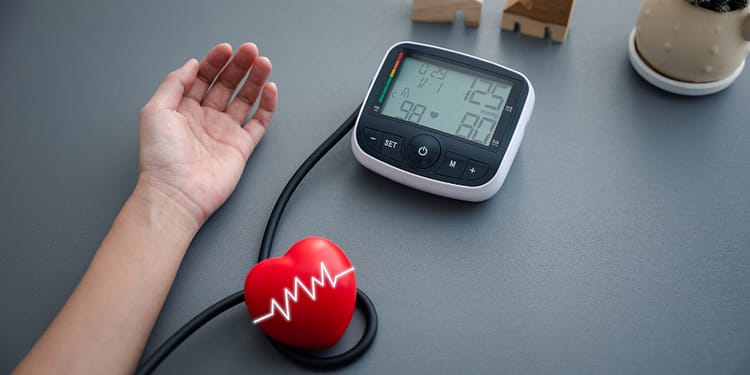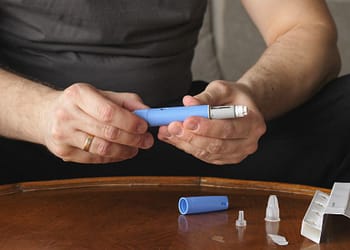A heart rhythm disorder is one of the most serious and at the same time most unknown conditions. According to the According to the European Heart Rhythm Association (EHRA), one in three people in the world will develop such a disorder at some point in their lives.Despite its increasing prevalence, public awareness remains alarmingly low. EHRA cardiologists are calling for action to change this reality. On Heart Rate Day, celebrated on 1 March, they are urging everyone to “feel their pulse” and take simple steps to protect heart health.
The Increase in Heart Rhythm Disorders
Heart rhythm disorders, also known as arrhythmias, occur when the heart's electrical system does not work properly. This malfunction can cause the heart to beat too fast, too slow, or irregularly. Some disorders are mild and harmless, but others can lead to serious complications.
One of the most common disorders is atrial fibrillation, which has increased significantly worldwideo. In 2010, there were 33.5 million cases, but by 2019 that number had risen to 59 million. Projections suggest that by 2050, this figure could increase by more than 60%3T.
Professor Julian Chun, Chair of the EHRA Scientific Initiatives Committee, warns: “Heart rhythm disorders are a silent epidemic.” While prevalence is increasing, many people are still unaware of the associated risks and symptoms of these conditions. Lack of knowledge delays diagnoses and exacerbates complications.
Demystifying heart rhythm disorders
One of the most common beliefs about heart rhythm disorders is that they only affect older people. However, this myth is false. In fact, people of all ages, even those who are physically fit, can develop arrhythmias. Professor Helmut Pürerfellner, President of the EHRA, explains: “These misconceptions delay diagnosis and treatment, which can be life-threatening.”
Heart Rate Day is an excellent opportunity to remember that prevention begins with awareness. People should be aware that one in three people will be susceptible to developing a serious heart rhythm disorder. In addition, it is essential to take simple steps to detect heart problems.
Simple steps to protect your heart
One of the simplest ways to take care of heart health is to monitor your pulse. Dr. Melanie Gunawardene, Senior Cardiologist at Asklepios St. Georg Hospital in Hamburg, Germany, stresses the importance of knowing your heart rate. A normal rate should be between 60 and 100 beats per minute.
If the rhythm is irregular or abnormally fast or slow, there is no reason to be immediately alarmed. There are many possible causes for these variations, and not all of them are related to serious heart conditions. However, Dr. Gunawardene recommends consulting a health care professional for further evaluation. Early detection can make the difference between a simple intervention and serious complications down the road.






